Color Wheel Guide
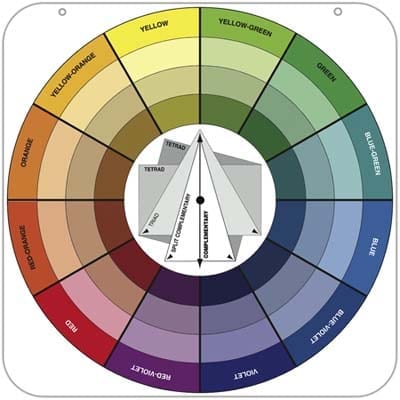
Photo: The Color Wheel Co.
Picking out paint colors can be a confusing experience, leaving you racked with indecision as you peruse swatches from paint companies intent on re-creating all of the 7 million colors distinguishable to the human eye. Trying to figure out which of those colors will mix harmoniously on your living room wall is enough to make you turn straight to the ecru-and-eggshell-white family and never leave.
One way to go, however, is to use a complementary color scheme. Proving the rule that opposites attract, these pairings can always be found at opposite ends from each other on a paint color wheel. When put together, they bring out the best in each other, making both colors look cleaner and brighter than if either were mixed with, say, a neutral gray or a different shade of the same hue.
An essential tool for paint pros everywhere, the color wheel is constructed to help you see the relationships between different hues. The bases are thre primary colors: red, blue and yellow. These are then combined to make the three secondary colors: orange, green, and purple. Finally, the remaining six colors on the wheel are known as tertiary colors and are mixes of the secondary colors, including such hues as red-orange and blue-green.
Familiarizing yourself with the color wheel can help you understand how to best mix and match a cool color with a warm one, for a naturally balanced room. Here are some examples of how to use these color pairings effectively.
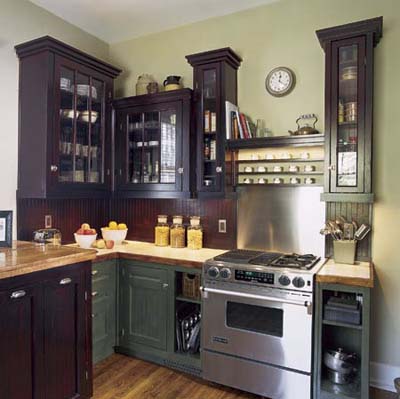
Photo: Deborah Whitlaw-Llewellyn
Complements: Red and Green
When considering paint colors, remember to figure in the finish of any woodwork in the room. In this rustic Colonial-style kitchen, the green hues brushed onto the walls and lower cabinets complement the red tones of the mahogany beadboard and upper cabinets.
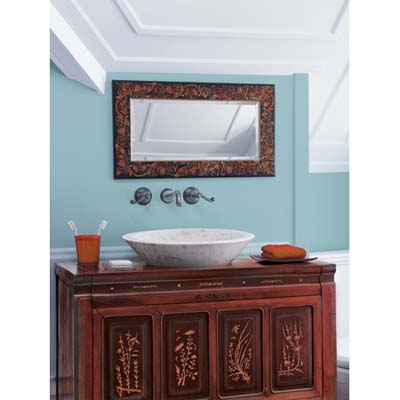
Photo: Mark Lund
Complements: Red-Orange and Blue-Green
The two colors you choose don’t have to have equal prominence in the room to work. You can use one as the main color as an accent, or bring small colored accessories into an already painted room to see how you feel about the pairing. Here, the energetically bright orange-red towel and glass pop against the cool, blue-green walls without overwhelming the soothing hue.
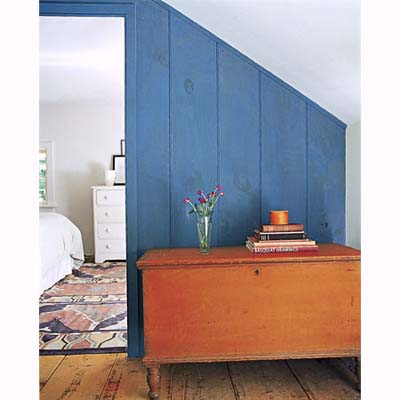
Photo: Laura Moss
Complements: Orange and Blue
Keep the furniture you already have in mind when considering a new paint color. The cool blue milk paint on this wall accentuates the bright burst of orange on the blank chest in front of it – a scheme echoed in a more muted fashion in the bedroom rug beyond the doorway.
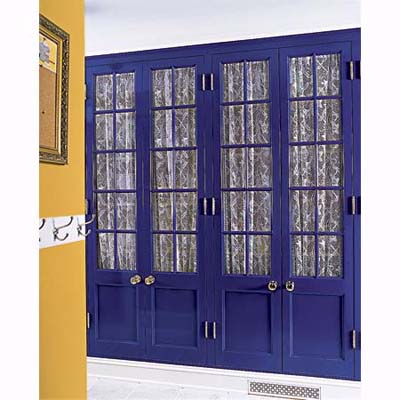
Photo: Laura Moss
Complements: Yellow-Orange and Blue-Violet
Bright colors can breathe new life into traditional woodwork and work especially well in casual living areas. Here, glossy violet-blue pantry doors in a mudroom pop against the yellow-orange of the adjacent wall. When working with more saturated hues, remember that the colors will often appear more intense on the walls than they do on the strip.
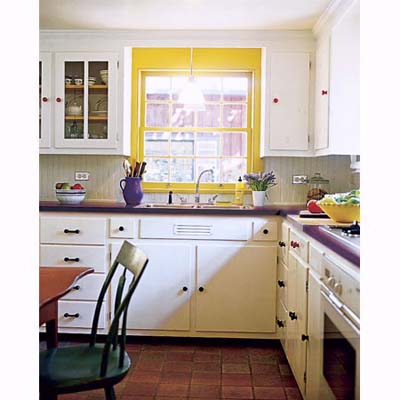
Photo: Laura Moss
Complements: Yellow and Violet
If you’re a bit timid about suddenly splashing a couple of cans of color onto your walls, consider using two complementary colors as accents in the same room. In this 1950s kitchen the yellow window casing and violet countertop show nicely against the neutral beadboard and white cabinets.
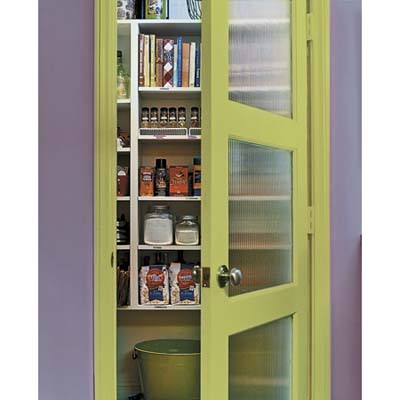
Photo: Gregg Segal
Complements: Yellow-Green and Red-Violet
Make sure the intensities of the tones you use are balanced. In this kitchen, the pale yellow-green trim and pantry door meet their match in the subdued reddish-violet paint on the walls.